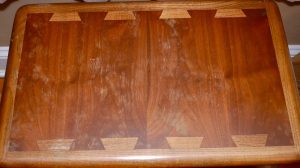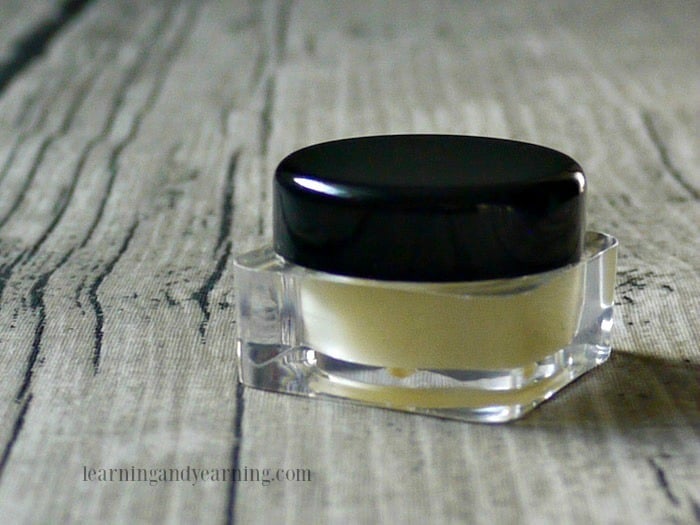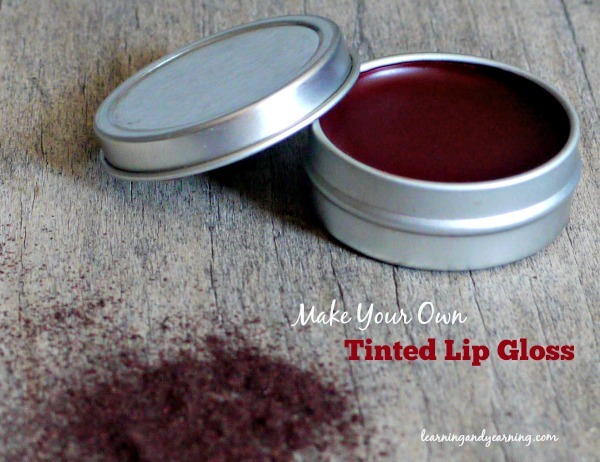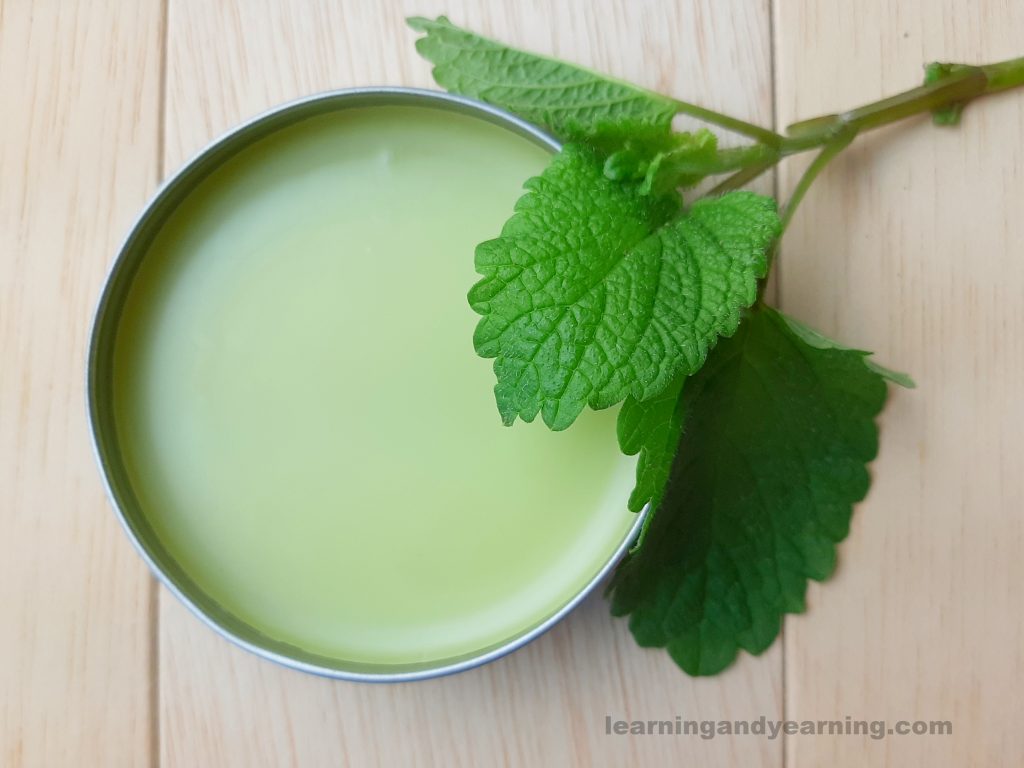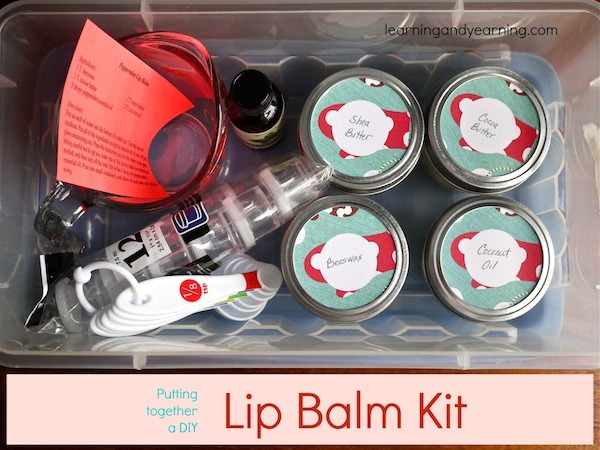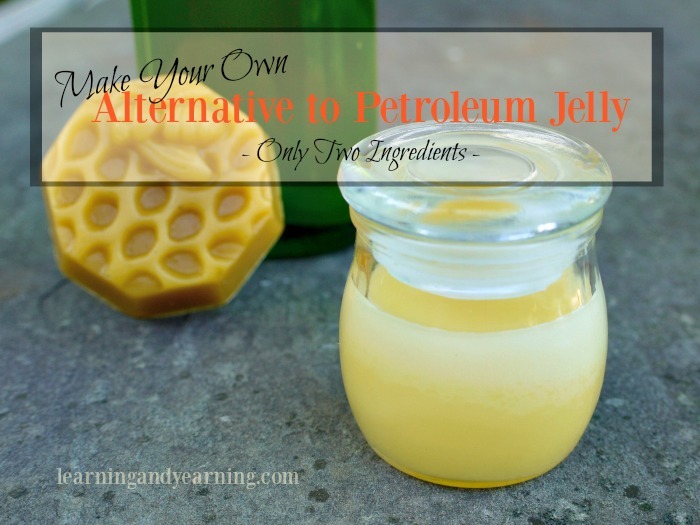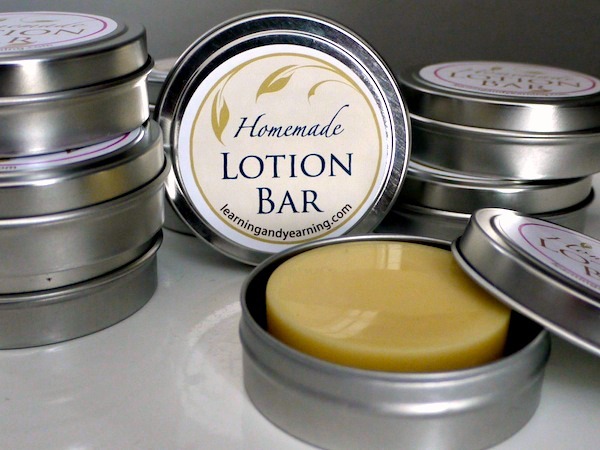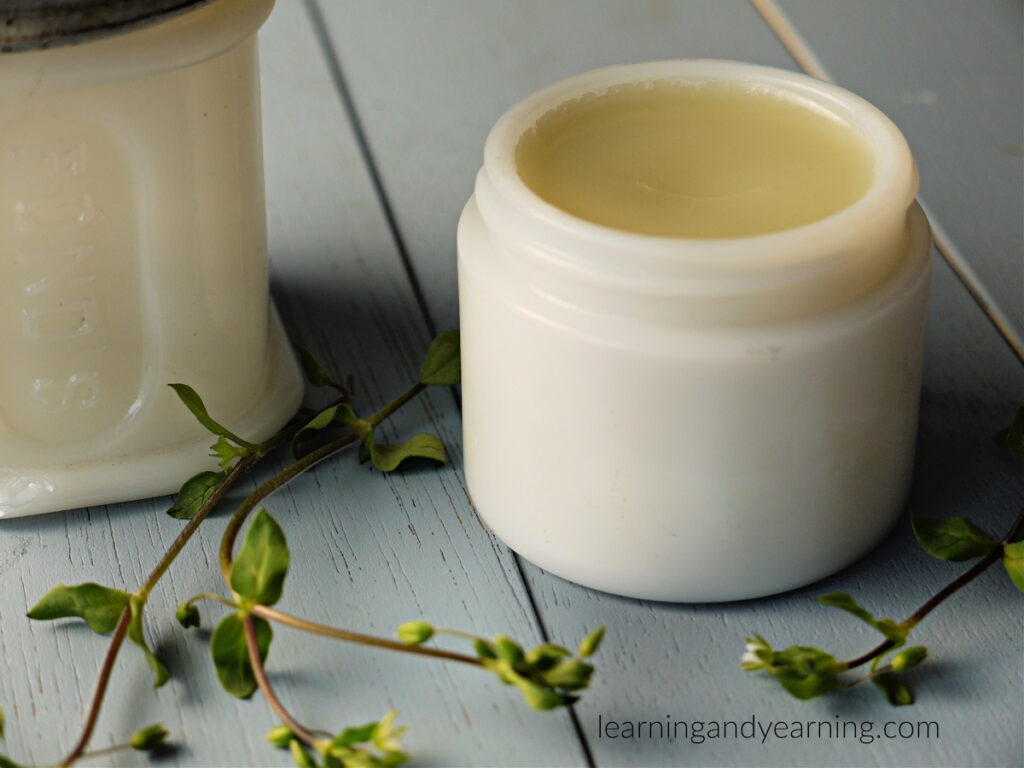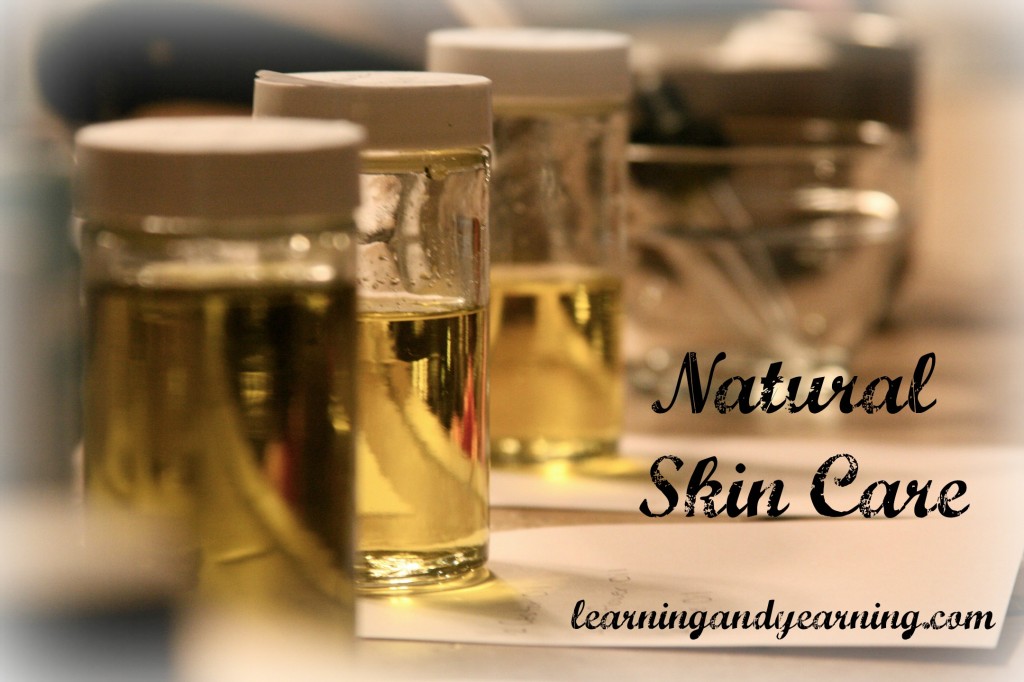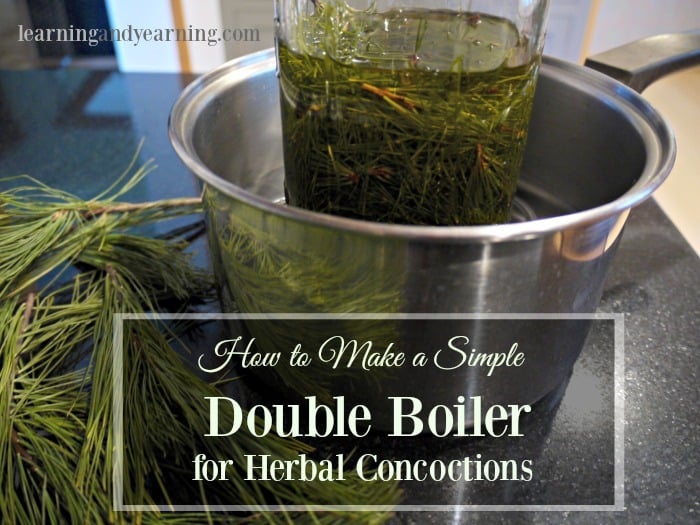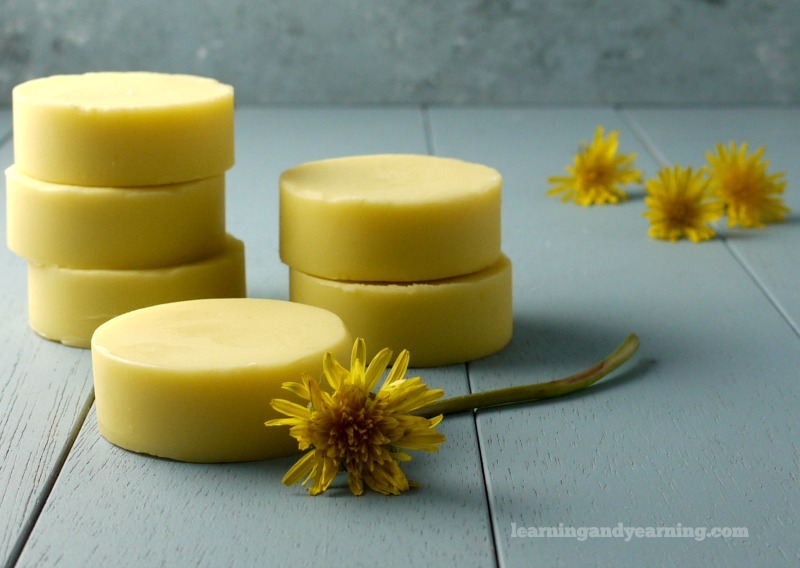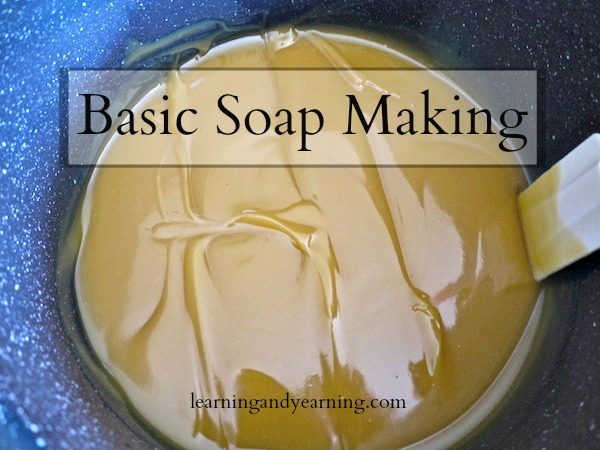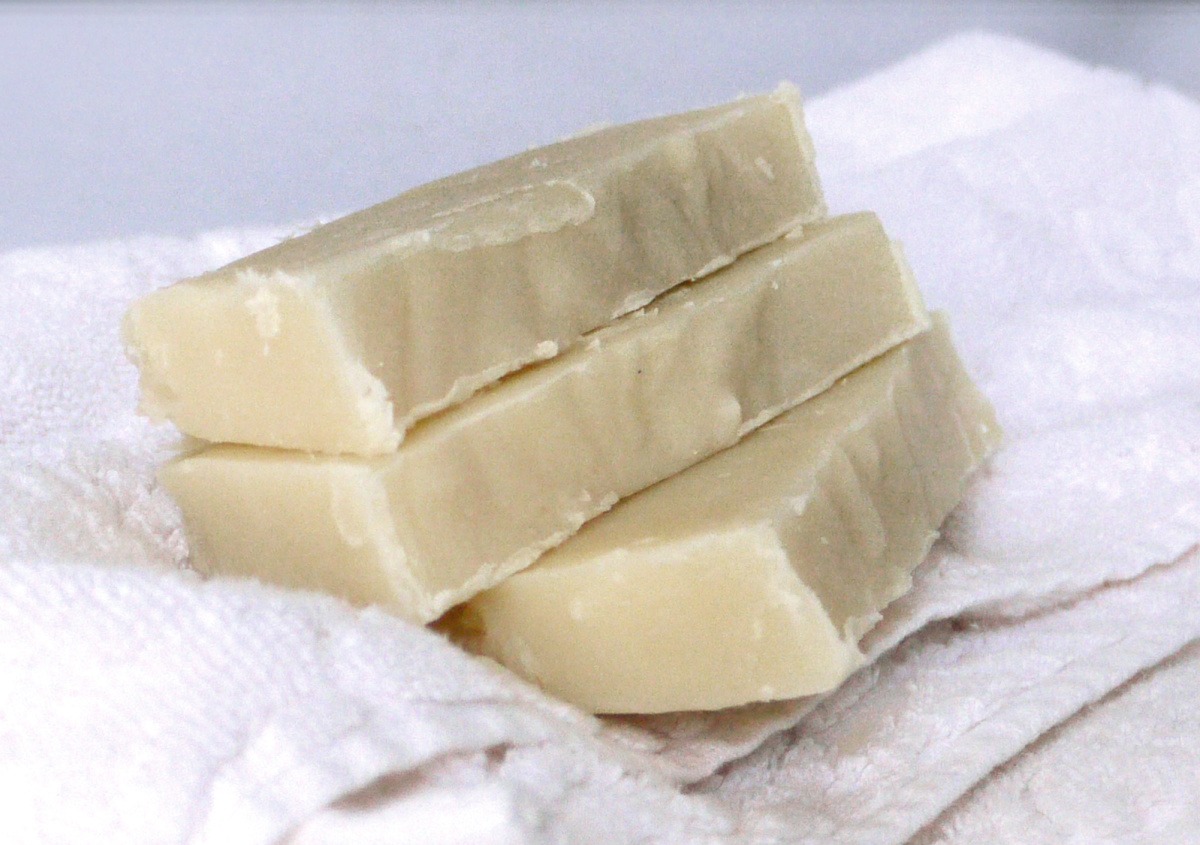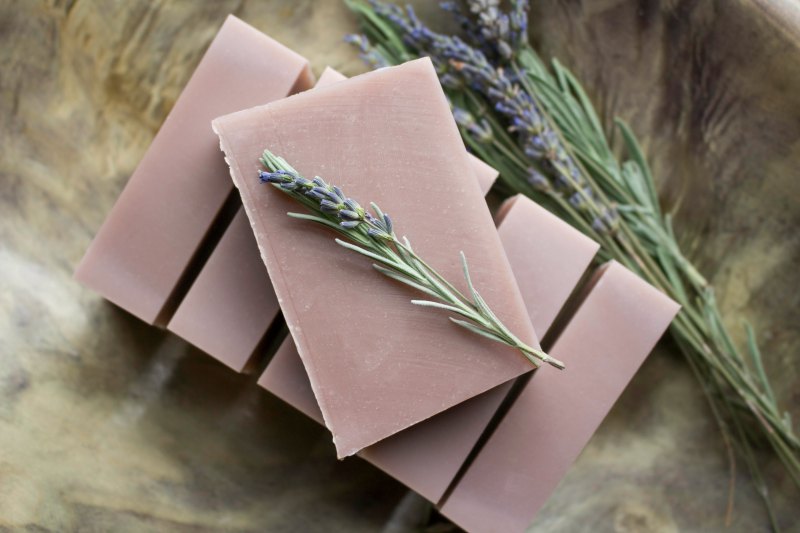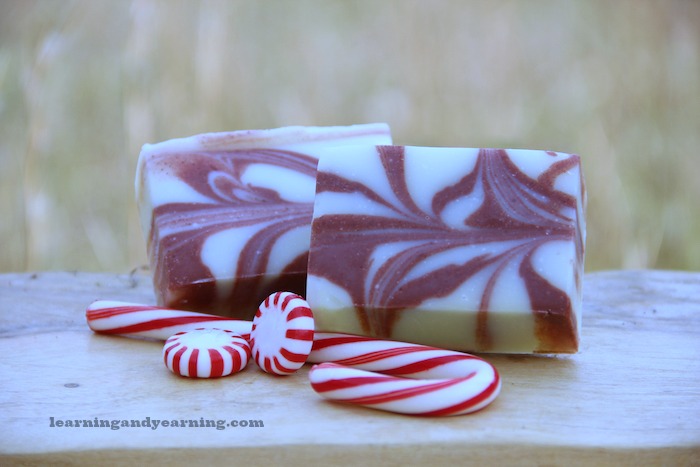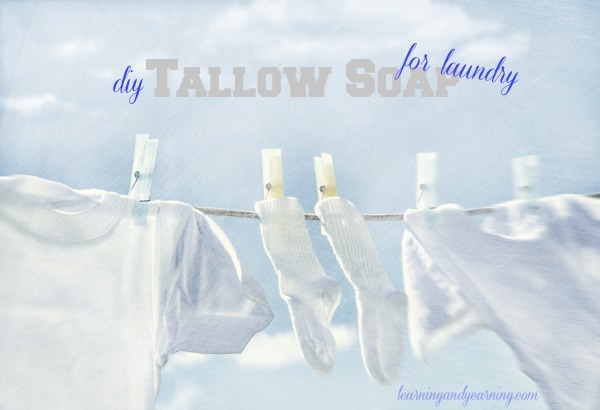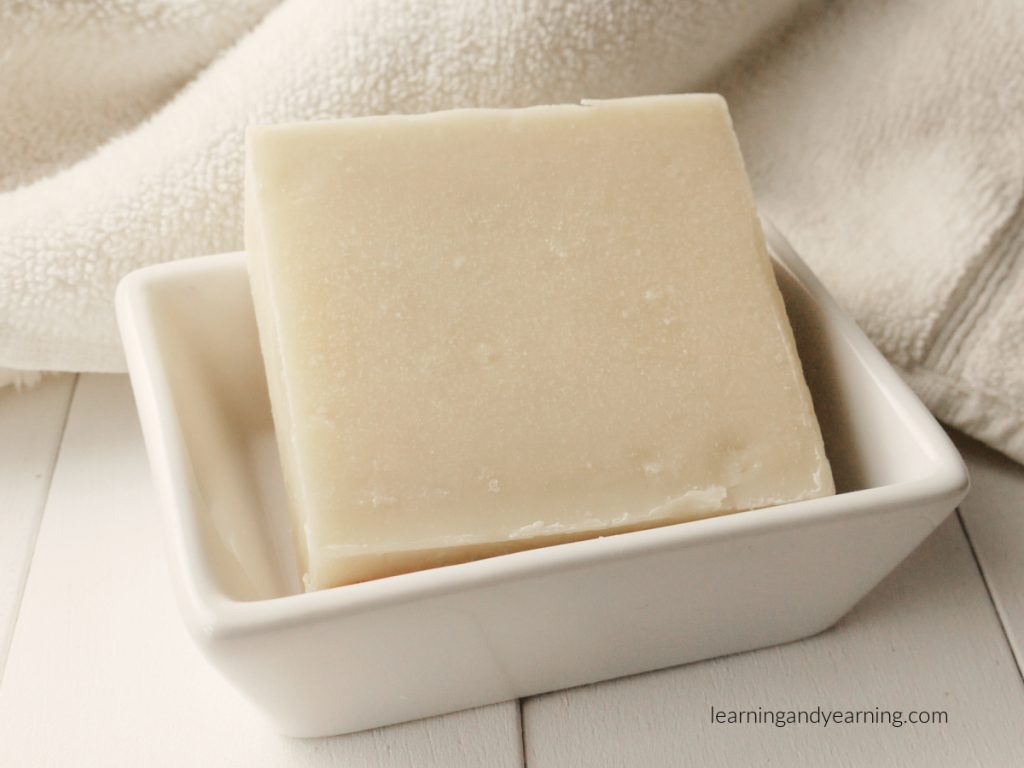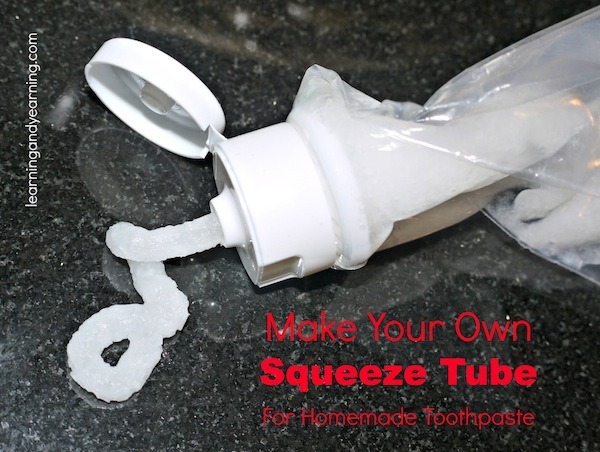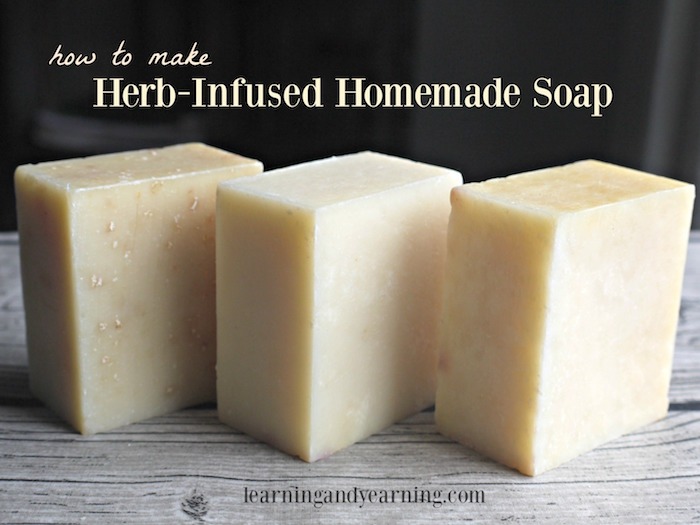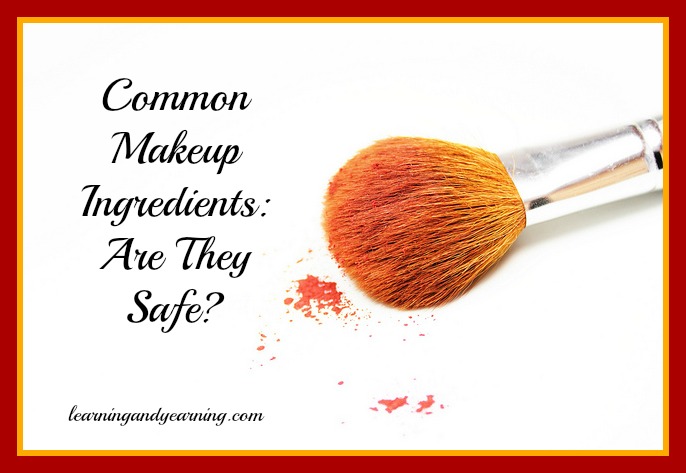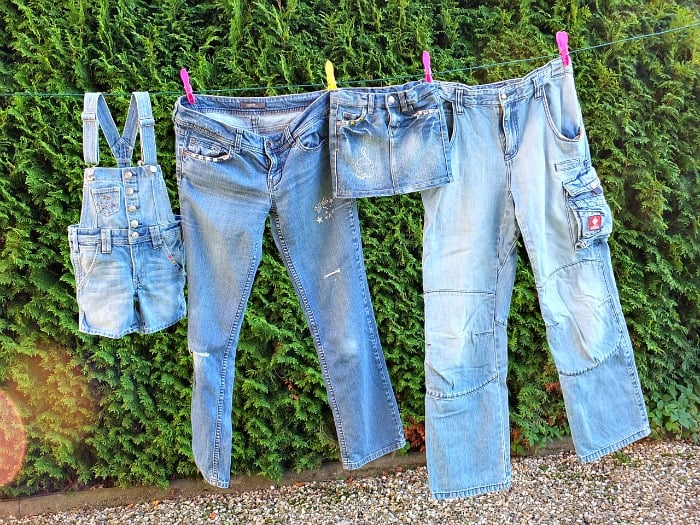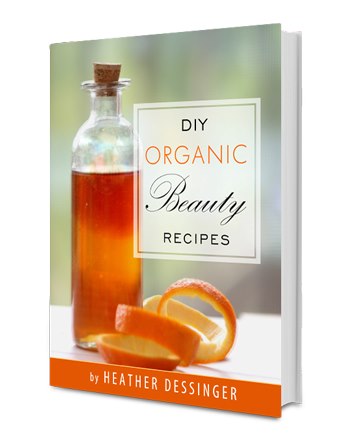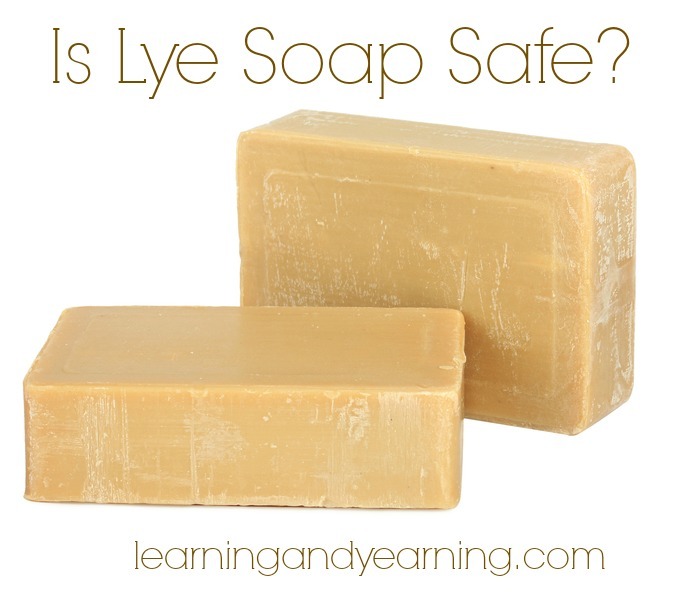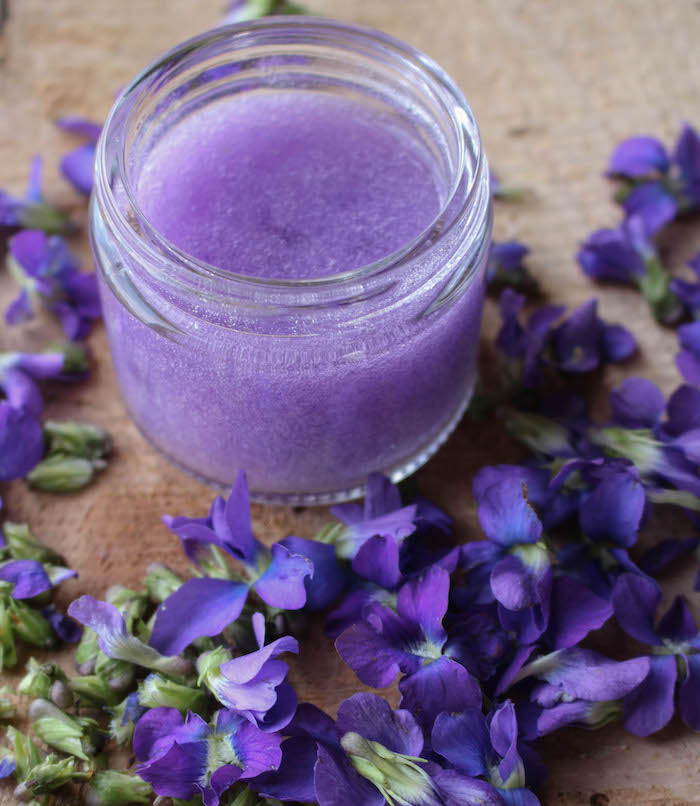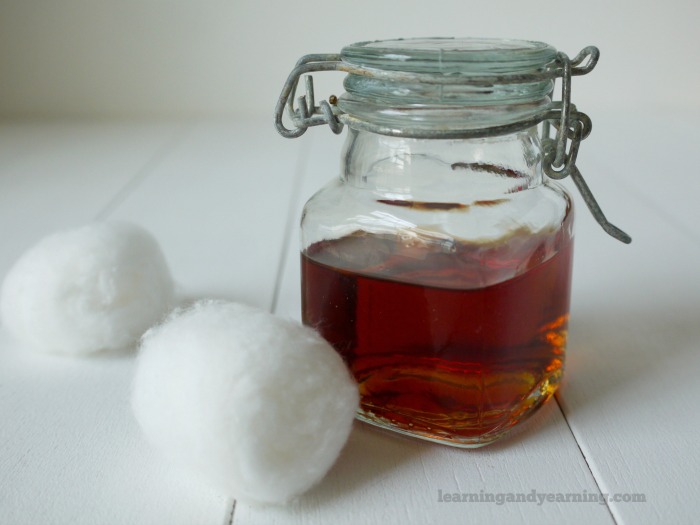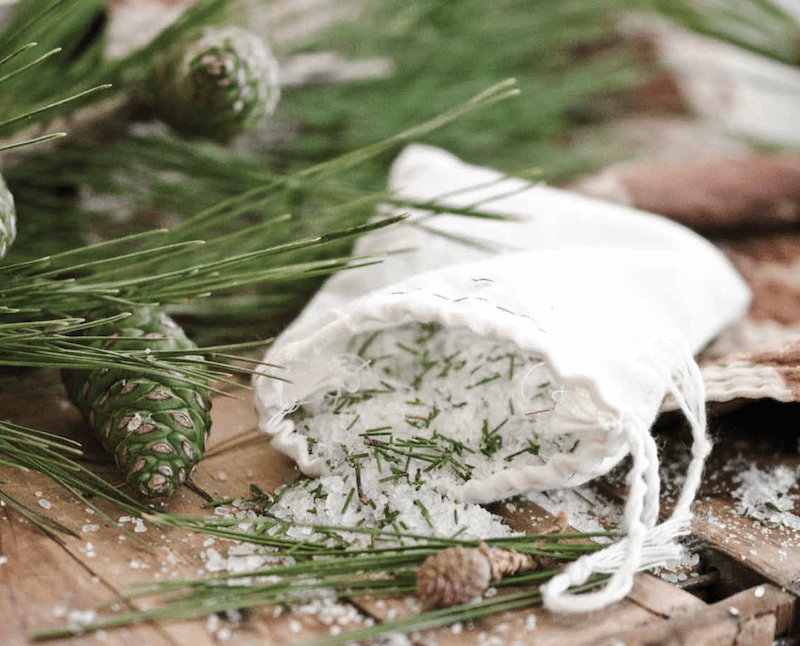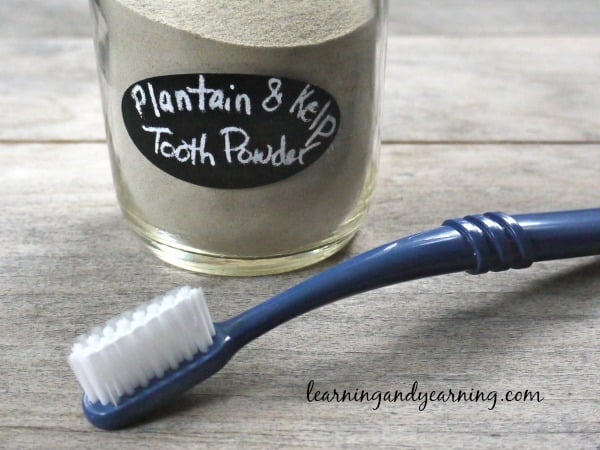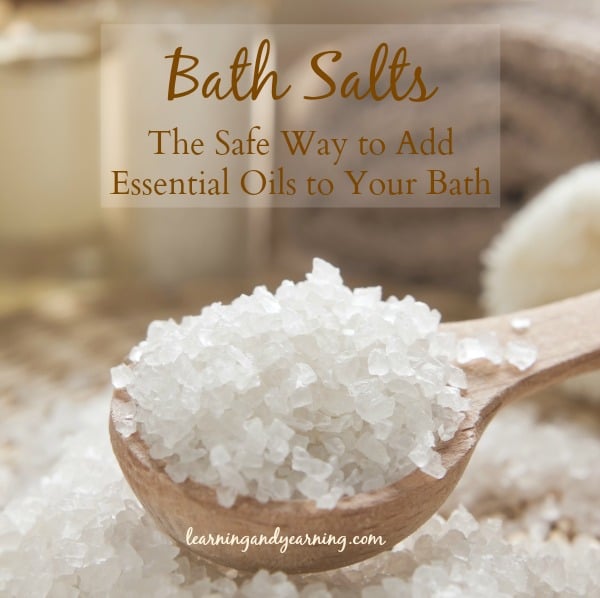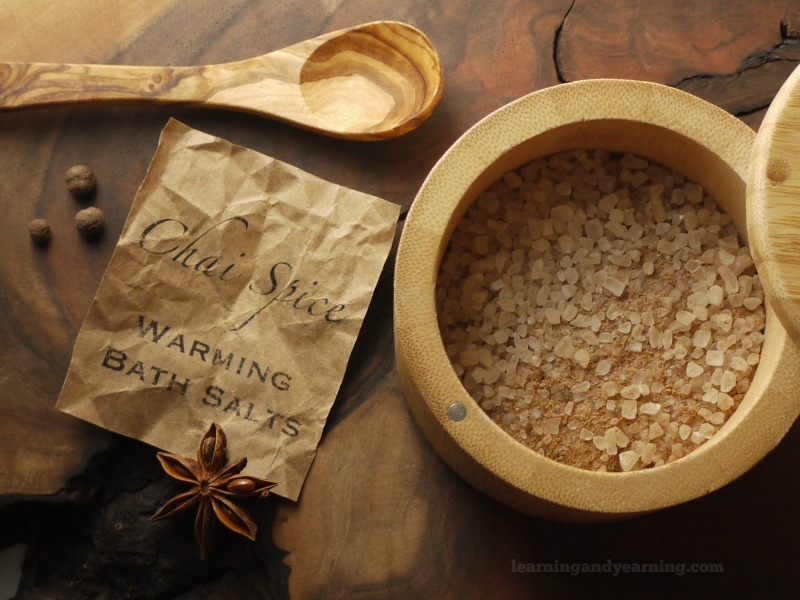LUMINARIES
It all started when I wanted to make wax luminaries; the ones I saw online were made of paraffin, but I thought they would be much more beautiful with beeswax. So I purchased 5 pounds and it was love at first sight. Or perhaps I should say love at first smell. Since then, I’ve learned a little more about beeswax and have used it a number of ways.
I learned how to make the luminaries here. And I was right; they are absolutely gorgeous! Tip: Don’t use your husband’s favorite pot for making popcorn to melt the wax. He won’t be happy.
CANDLES
Shortly after making the luminaries, I read Empowered Sustenance’s post Beeswax Candles and Allergies: An Effective Solution. This was such an eye opener for me. I learned the dangers of burning paraffin and how beeswax candles actually clean the air.
If you don’t read another word in this post, promise me that you’ll read her article. It’s important. I immediately purchased 100% pure beeswax candles from the convent where the author worked making candles when she was in high school.
I did try making beeswax tea candles for the luminaries I made, but they just did not burn brightly enough to illuminate the luminary. I learned why when I read Empowered Sustenance’s article. I’ve since found a local source for beeswax candles.
Close your eyes if you are on my Christmas list because you may be finding these in your stocking.
SKIN CARE & SOAP
Beeswax is an amazing product which I’ve used in making natural skin care products.
And when I made my last batch of homemade soap, I used a new recipe which called for beeswax. The ingredients are 14 oz distilled water, 5 oz lye, 6 oz beeswax, 4 oz coconut oil, 2 oz palm oil and 28 oz olive oil. (These are ounces by weight).
You make the soap in the same way as I explained in my post for Basic Soap Making with one notable exception. Because beeswax has a higher melting point than the other oils, both the oil/beeswax mixture and the lye/water mixture must be at 150 degrees when you combine them, rather than the normal 100 degrees.
FURNITURE POLISH
Beeswax is not only good for our skin, it’s good for wood furniture. To make beeswax furniture polish melt 1 T. of grated beeswax in a small glass canning jar which is sitting in a pot of water over low heat. After the wax is melted, stir in 3 T. of coconut oil until melted.
When this cools and hardens, use a clean cloth to rub it onto your wood furniture. Leave it there while you go wrap some Christmas presents or pet the cat. Then using another cloth, buff the furniture until all residue is removed.
Remember, this is for occasional use in protecting or restoring the wood, not for weekly dusting since the wax can build up on the furniture.
PLASTIC WRAP ALTERNATIVE
Here’s another great use for beeswax – you can make an alternative to plastic wrap with cotton material on which you’ve melted the beeswax in the oven. I found the instructions for Reusable Beeswax Wraps at Attainable Sustainable.
The author used an old cookie sheet but since I didn’t have one to spare, I used a piece of 1/4″ plywood cut to fit into my oven. I covered it with parchment paper.
Since the oven is only heated to 225° and the wood/paper is only in the oven for 5 minutes or so, there is no fear of it burning. Remember the Ray Bradbury movie Fahrenheit 451? Yeah, me neither. But my husband tells me that the movie title refers to the temperature at which paper burns.
But I digress.

The waxed cloth does not stick to the bowl like plastic wrap does but it forms to the bowl and sticks somewhat to itself. When refrigerated it forms a firm cover to protect your precious home cooking.
…AND A FEW MORE
I haven’t tried this, but here’s a cute idea and recipe to make modeling clay for your children using beeswax.
And . . . you can use beeswax to grease cookie sheets instead of using butter!
I’ve also heard that coating your barbecue grill with beeswax makes clean up easier.
What’s with nuns and beeswax? Apparently they invented a phenomenal dessert called Canneles de Bordeaux. They line a copper mold with beeswax and fill the mold with a custardy mixture and bake. The result is like creme brulee with a crunchy caramelized crust. Will someone pulleessee make that for me?
One last tidbit – it seems that the earliest material used to fill cavities was – you guessed it – beeswax! We’re so much more advanced; we use mercury.
Recommended reading/viewing:
Bees Around the World: A friend from Australia recently sent this book to me. Photographer Eric Tourneret has traveled the world photographing beekeepers. What amazing lengths some of these beekeepers go to get their honey and beeswax! I couldn’t find a U.S. source for the book when I searched the internet but here is a link to some of Eric’s work: http://thebeephotographer.photoshelter.com/
Vanishing of the Bees DVD: This documentary follows beekeepers as they work to keep their bees healthy in the midst of an epidemic of colony collapse.

